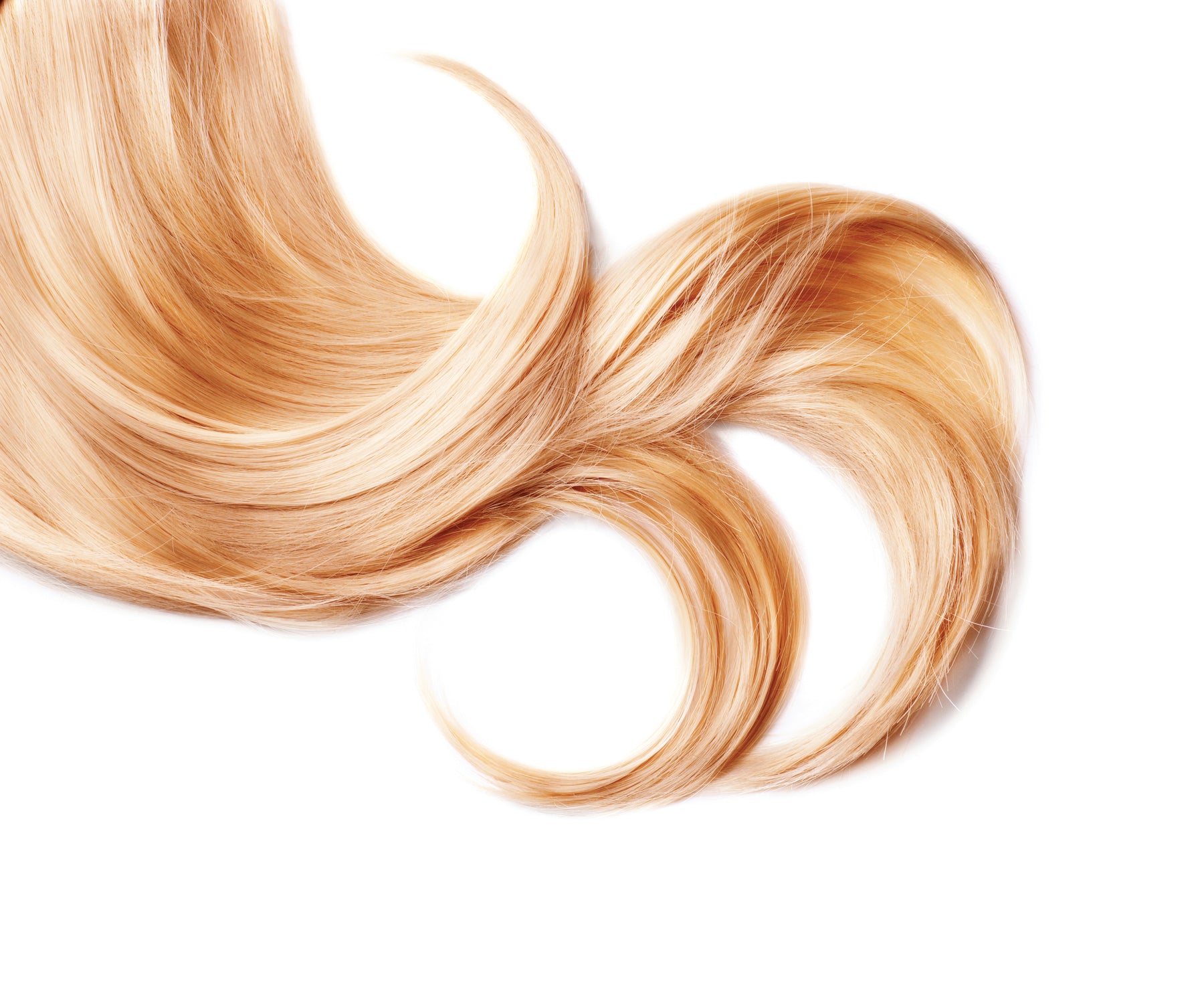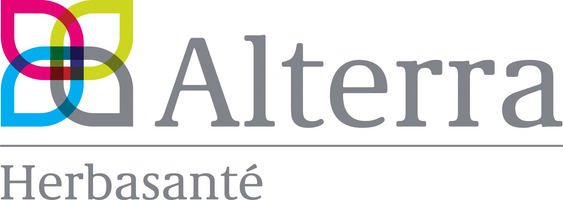
Hair and its myths : what to know about the health of your hair
Hair anatomy and structure
The hair’s root, called the bulb, is at the end of the follicle deep in the dermis above the hypodermis. The venous system provides the necessary nutrients for hair growth.
The core function of sebaceous glands is to produce sebum, a natural lubricant.
It is estimated that we lose about 45 to 60 strands a day, and up to 100 in early fall.
The lifespan of a hair ranges from two to seven years.
Common hair myths
- The more often you cut your hair, the faster it grows.
Hair grows from the root, not from the ends. If you get your hair cut often, it will look healthier, but it won’t grow faster.
- If you pull out a white hair, two will grow back!
This statement is false; only one hair can grow from any particular hair bulb.
Risk factors and causes of hair loss
Lifestyle greatly influences the quality and quantity of a person’s hair. Here are some risk factors to keep in mind:
- Smoking
- Frequent dyeing
- Poor stress management
- Environmental pollution
- Certain medications
Hormonal factors in significant hair loss
- Polycystic ovary syndrome, thyroid hormone dysregulation
- Menopause, andropause, end of pregnancy or childbirth
- Genetics, age
Other possible causes of hair loss
- Skin disorders (psoriasis, eczema)
- Infections
- Irritable bowel syndrome or other inflammatory bowel diseases
- A carbohydrate-rich diet of processed foods, which can cause significant vitamin and mineral deficiencies that in turn can cause hair to lose its elasticity, lustre and strength
Male pattern baldness
Often referred to as androgenic alopecia, male pattern baldness can be caused by increased androgen hormone receptivity at the scalp.
Dihydrotestosterone or DHT is a biologically active metabolite of testosterone that binds to the more sensitive hair follicle receptors and stops new growth.
The enzyme 5-alpha-reductase forms the androgen DHT in the prostate, testicles, hair follicles and adrenal gland. Reducing or inhibiting the production of 5-alpha-reductase enzymes and taking a DHT blocker can help prevent hair loss.
Reassessing your lifestyle, including sleep, diet, physical activity and stress management
Restorative sleep reduces stress, improves tissue repair, stabilizes mood and reduces caffeine and sugar cravings. Also, toxins are more efficiently eliminated at night.
Nutrition is the key to general well-being. A carbohydrate-rich diet of processed foods leads to significant vitamin and mineral deficiencies that can cause hair to lose its elasticity, lustre and strength.
We can meet our basic nutritional needs by eating a variety of fruits and vegetables that are rich in vitamins and minerals. Keratin is an essential component of hair and plays a major role in hair loss, along with other proteins.
Physical activity increases blood flow, provides additional oxygen to cells and tissues, decreases stress and improves mood.
In general, stress management, whether through meditation, heart coherence or any other form of relaxation, is beneficial to everyone.
HAIR FOOD (POC)
Herbasanté/Alterra’s multi-action formula Hair Food strengthens fragile hair, prevents hair loss, supports tissue formation and helps metabolize macronutrients.
Cysteine is present in every cell and organ and is essential for the body to function. It is also essential to the formation of glutathione, an important liver antioxidant.
Vitamins B5, B6 and B8 are essential for nail, skin and hair formation.
The nettle plant has a variety of therapeutic uses and works directly to resolve skin problems, prevent hair loss and restore acid-base balance.
Since hair loss can be caused by a number of factors, it can help to combine this formula with another product that targets the specific causes.
Your hair reflects your overall well-being. Take care of yourself by eating healthy foods and managing your stress, and your hair will begin look better.
References:
- academie.apothicaire.ca
- lanaturopathemoderne.com
- pubmed.ncbi.nlm.nih.gov/33313047/
- altheaprovence.com/ortie-urtica-dioica-urens/#more-7226
- en.wikipedia.org/wiki/Hair

